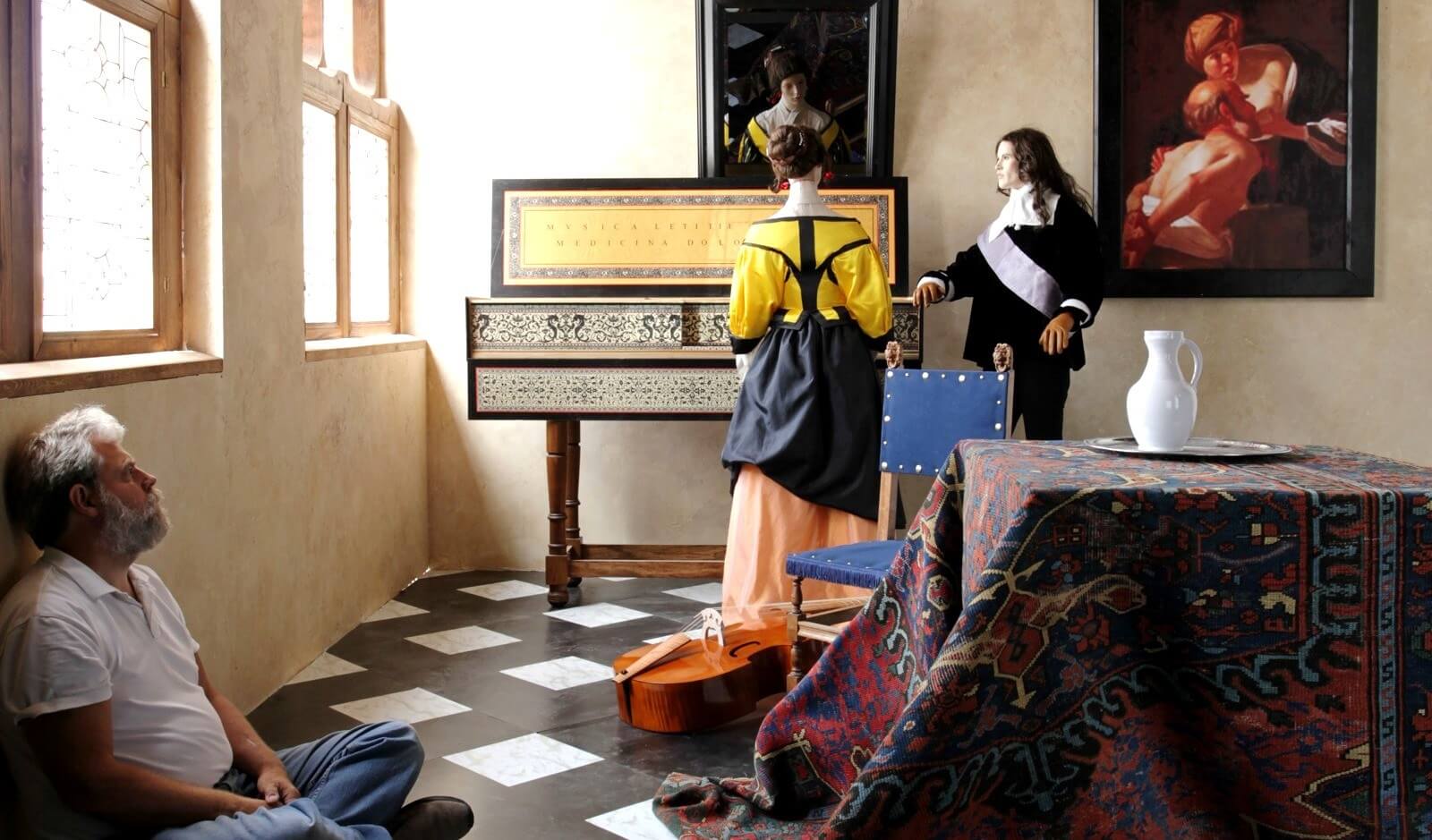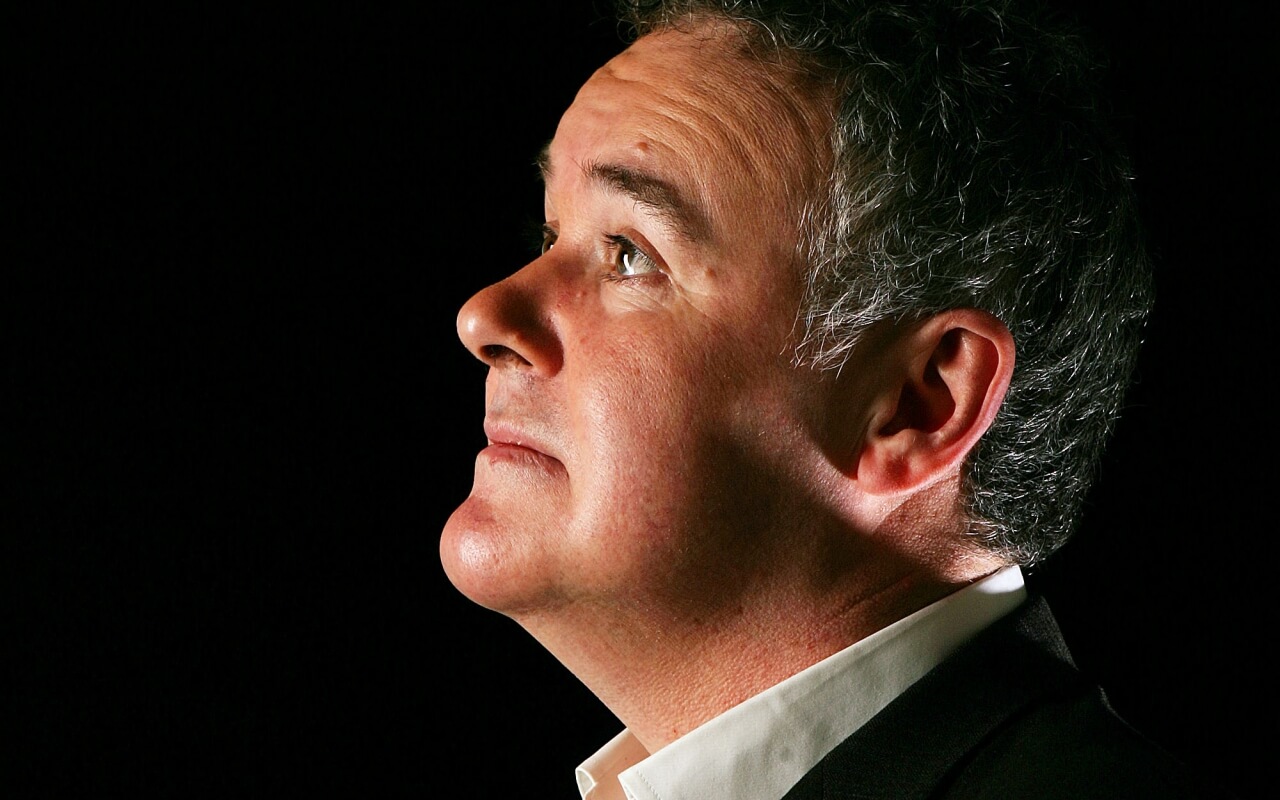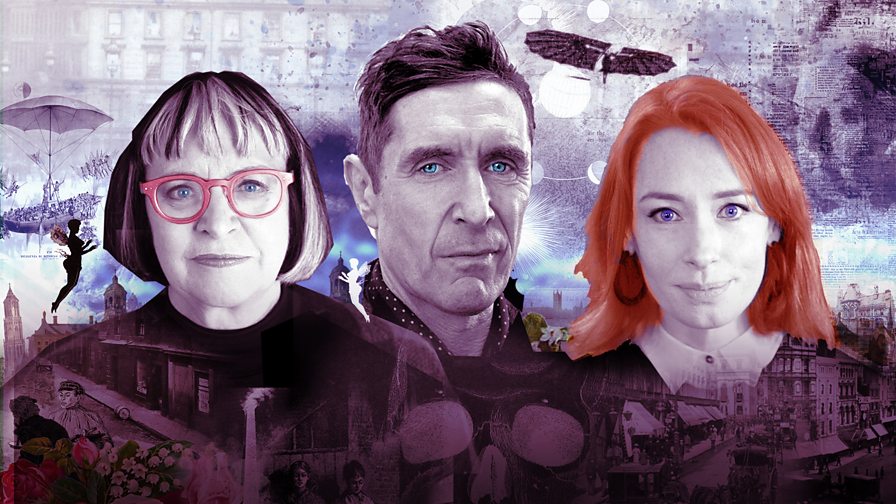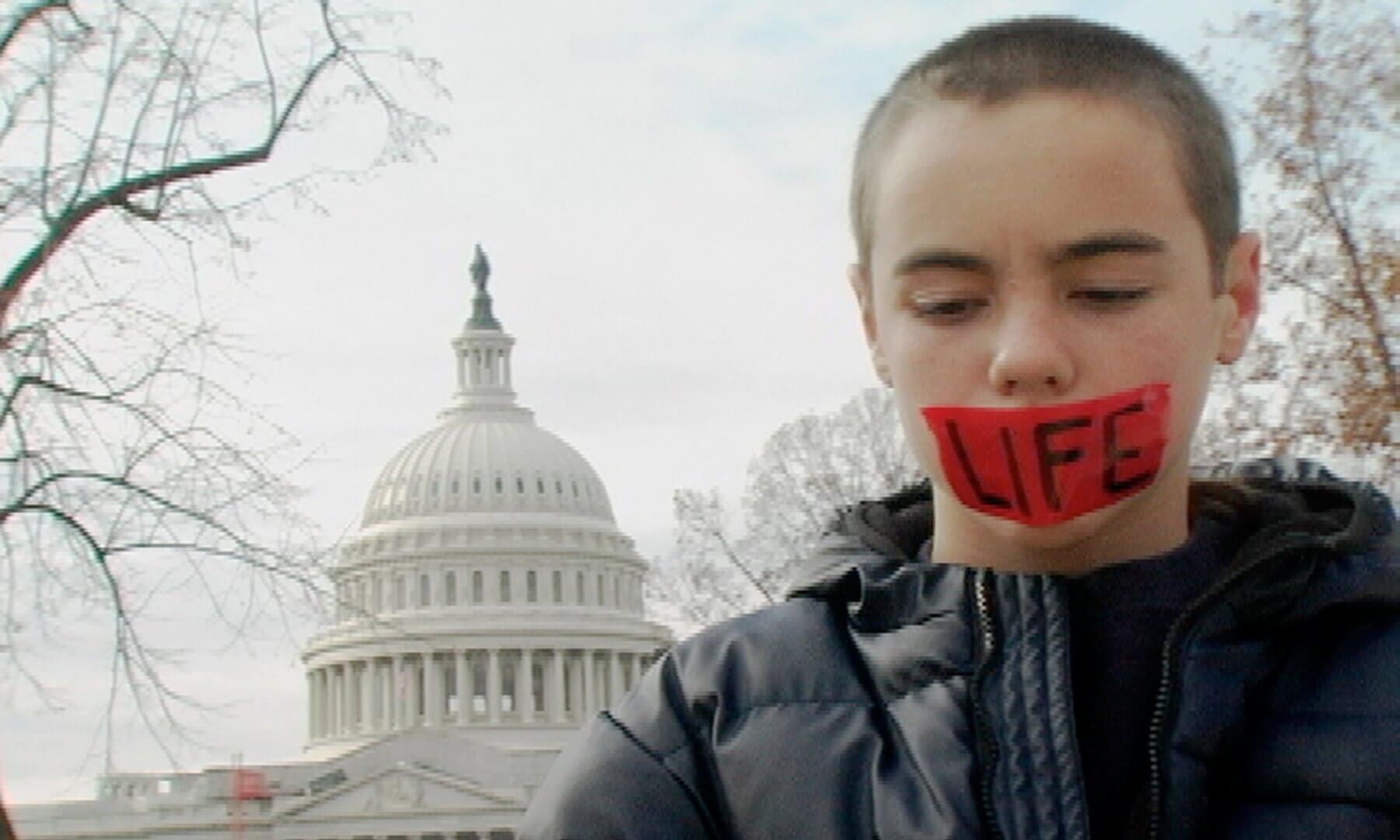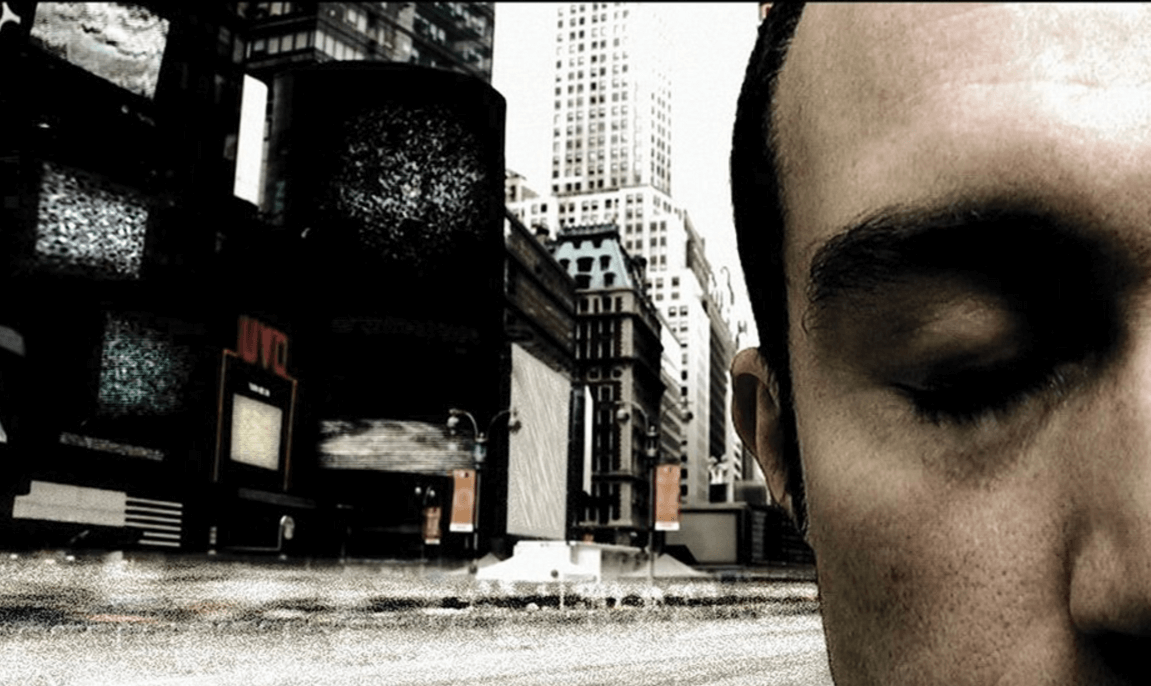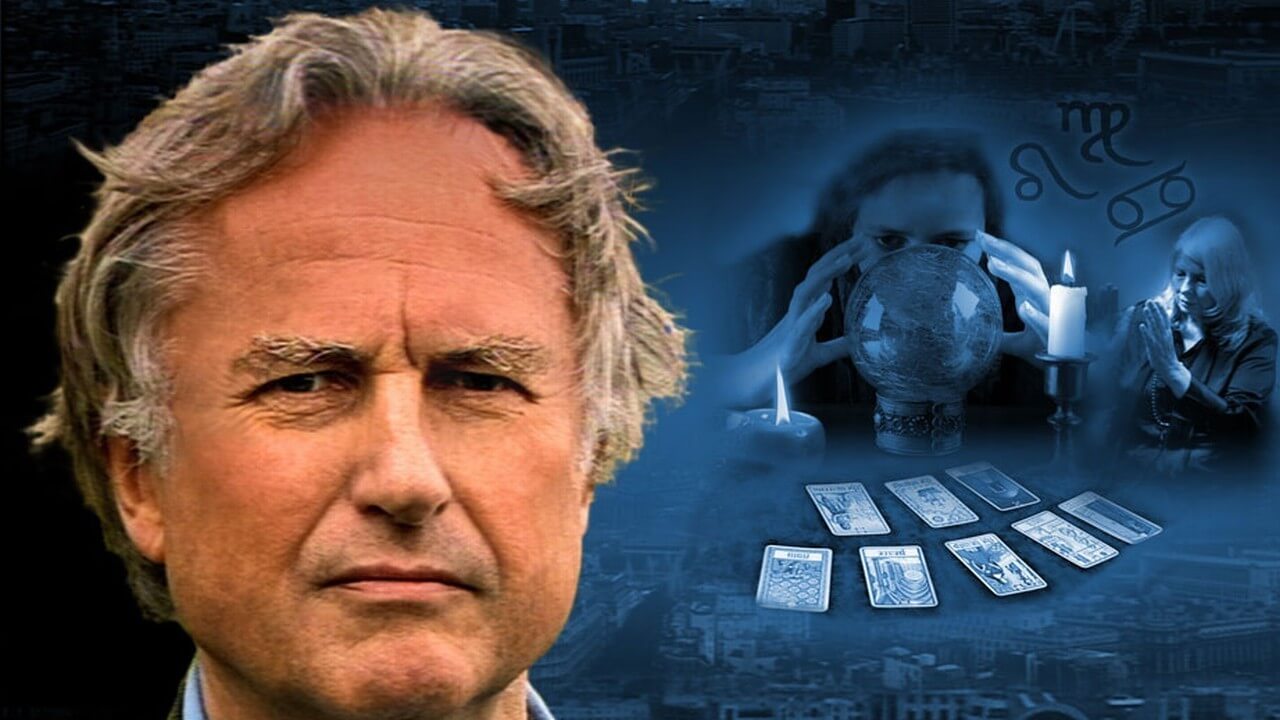description:
Tim Jenison is an inventor who has become the successful founder of NewTek, a company working in various fields of computer graphics, most notably the 3D modelling software LightWave 3D. Jenison, himself both an engineer and art enthusiast, becomes fascinated with the paintings of Johannes Vermeer, a 17th-century Dutch painter, whose paintings have been oft cited to have a photographic quality to them; Jenison, spurred by the book Secret Knowledge by British artist David Hockney and Vermeer’s Camera by British architecture professor Philip Steadman, theorizes that Vermeer potentially used a camera obscura to guide his painting technique.
His initial idea, that Vermeer used a simple light projection to paint, is quickly discarded after concluding that painting over a projection makes it nearly impossible to match the colors correctly. Jenison then has an epiphany of using a mirror to monitor parts of the picture: by placing a small, fixed mirror above the canvas at a 45-degree angle, he is able to view parts of the original image and the canvas simultaneously, and obtain a precise color match by continuously comparing the reflection of the original image with what he has put on the canvas, moving from area to area by simply moving his own point-of-view slightly. When the edge of the mirror “disappears”, he has it right.
Building a quick crude prototype and using a photographic portrait of his father-in-law, Jenison produces an oil painting that looks nearly identical to the photograph. After building a prototype with a lens that is able to capture a real-life object, Steadman and Jenison, neither of whom has classic artistic education, take turns painting and produce an impressive oil painting of a vase. Both Hockney and Steadman note that their respective books have caused controversies in the art historian circles, who viewed the theory as an “intrusion of crass rationalists” and “the misunderstanding of the nature of art”.
Jenison becomes convinced that he is able to reproduce The Music Lesson as a painting with this technique, and plans to physically recreate the original scene; first he models the entire painting in LightWave, then proceeds with a painstaking process of re-creating the objects and setting within the original scene, which includes him doing woodworking, turning on a lathe, and almost an entire year of handiwork. Jenison also insists on using only techniques available to Vermeer in the 17th century, mixing his own paint and polishing his own lens. Once the scene is set and is visually identical to the original painting, Jenison sits down and meticulously begins to paint.
During his process, he observes a variety of oddities of Vermeer’s work that he attributes to the theory of Vermeer having mechanical help: He notes Vermeer’s hyper-accurate recreation of diffuse lighting would be impossible to recreate by simple eyesight because of color constancy. He also observes that some of Vermeer’s work features chromatic aberration and depth of field, two distinct features of a photographic lens but not of the human eye. While painting the virginal, he accidentally notices that while he used a straightedge to roughly sketch out the outline of the instrument, the curvature of the lens almost caused him to add a slight curvature to the virginal’s seahorse-pattern itself. Curiously, he looks at a print of the original painting and notices that the original painting has the same curvature in the pattern.
After seven months, Jenison finally finishes painting the picture, and after adding a layer of varnish, he has an emotional moment taking a final look at his work. Observing the results of his work, Steadman and Hockney both feel confident in their theory that Vermeer had been using the same (or similar) tools to create his paintings, noting that “the painting itself is a document”. The final shot of the film is Jenison, with his copy of The Music Lesson above his fireplace.

